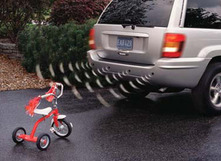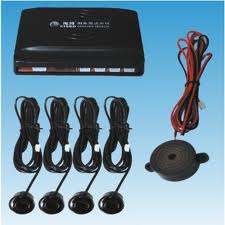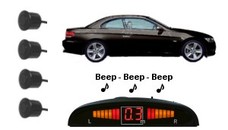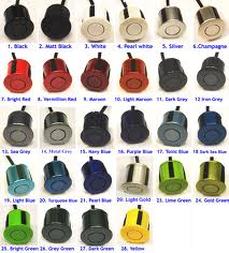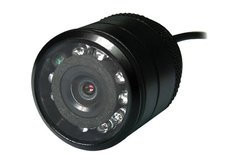Parking Sensors
|
How Parking Sensors Work
Parking Sensors detect obstacles behind you and also infront of you if you wish, to aid your parking and enable you to get into those tight spots without damaging your car. Using Ultrasonic technology they emit a cone of sound behind your car which bounces of obstacles behind and returns to the sensor, the time taken for these sound waves to bounce and return off obstructions behind your car is how they calculate the remaining distance behind you. Benefits Apart from the obvious safety advantages, financially reverse parking sensors will pay for themselves if it prevents you from having just one accident. Regardless of your insurance there is always that "excess" on your policy which is a minimum of £100 these days. Any claims you make could damage your no-claims bonus and would impact on your next year's renewal fees. It will also help you park in confidence in front of people without damaging your pride. Fitting Most of these systems are an easy DIY installation only requiring a 2-wire connection. However if upon receipt you feel you do not fancy tackling the job yourself we can put you in touch with an installer if you have not already requested the installation option. Reversing Sensors If you require sensors in gloss black, matt black or silver then also consider our new Dolphin Micro Sensors (DMS). Our latest Micro sensors now require just an 18mm hole bringing them in-line with the shrinking technology you're now getting on the latest cars for the most 'original' looking fit yet and our most discreet aftermarket sensors available. Reversing Cameras This colour rear-view camera will simply connect to your reversing light for power and come on automatically whenever you select reverse gear. It comes with a 4m phono/RCA cable (extensions are available) which you can then plug into the appropriate auxiliary socket of your cars inbuilt satellite navigation system or in car entertainment / dvd system so you will get a picture of the rear of the car flash up when reversing. |
